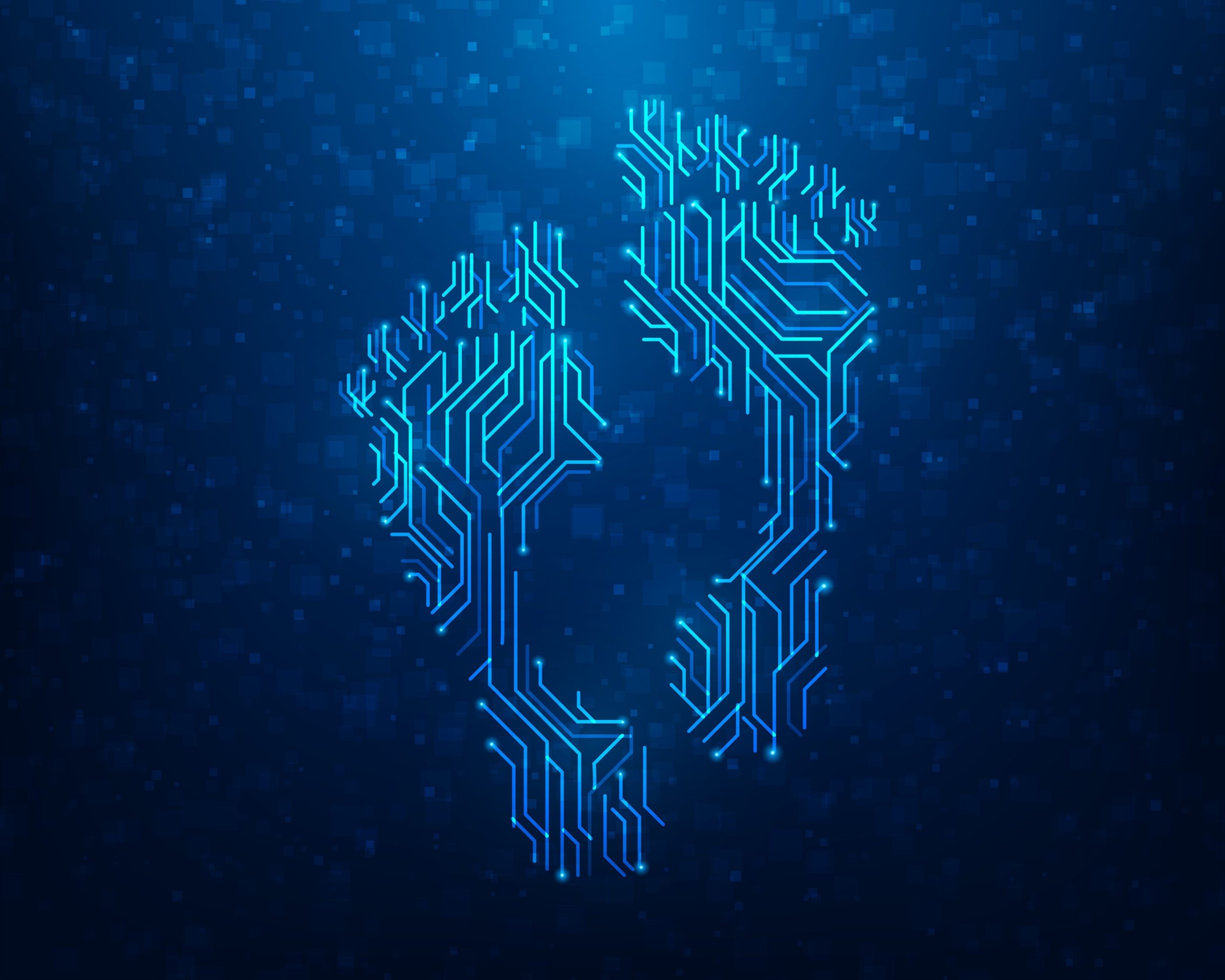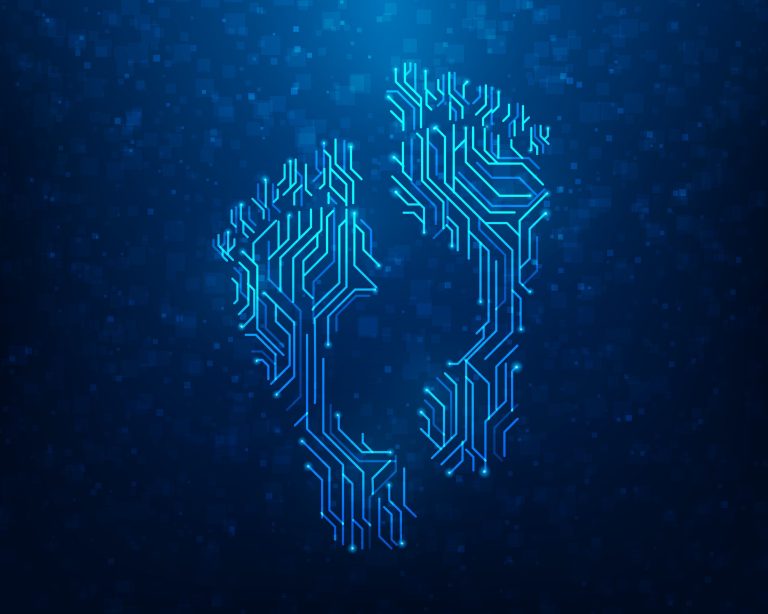

Artificial intelligence (AI) has become an integral component of modern life, streamlining numerous processes and enhancing efficiency across various sectors. However, the rapid proliferation of AI technologies has brought to light a significant, often overlooked, environmental cost: substantial energy and water consumption. While AI’s benefits are widely recognized, its resource demands necessitate a deeper examination to ensure sustainability in AI.
The energy and water requirements of AI are considerable, particularly when contrasted with seemingly simple tasks. For instance, a simple task like generating a couple 100-word emails using an AI program can consume energy equivalent to a full smartphone charge. Furthermore, the cooling necessary for the data centers that power these AI operations can require as much water as a standard bottle for that same email generation. This underscores the critical need for sustainable AI development.
Learn more about the energy and water needs of large language models, here.
The intensive resource consumption by AI is primarily attributable to the architecture of large language models. These models, often comprising billions or even hundreds of billions of parameters, demand immense computational power. Each word generated by an AI model necessitates billions of calculations, a process that is inherently energy-intensive. The resulting energy conversion generates significant heat, which must be dissipated to maintain operational integrity. Water evaporation stands as one of the most efficient methods for this cooling, explaining the substantial water usage by AI data centers. It is important to note that while this water re-enters the global water cycle, it is not immediately available for reuse in the short term within the same localized source, differentiating it from typical water withdrawal.
Strategies for Sustainable AI
Addressing the environmental impact of AI requires a multi-faceted approach focused on optimization and efficiency. One promising strategy involves a shift from the relentless pursuit of ever-larger AI models to the utilization of smaller, more efficient models. For a considerable range of common applications, such as basic information retrieval or text summarization, smaller AI models are entirely sufficient and demonstrate significantly reduced resource consumption. This approach not only conserves energy and water but also opens possibilities for localized AI processing, such as running models directly on mobile devices. Such on-device AI can yield substantial energy savings, potentially up to 80% compared to cloud-based large model execution, embodying core sustainable AI practices.
Furthermore, continuous innovation in data center cooling technologies is crucial. Researchers and industry leaders are actively exploring and implementing advanced cooling systems that minimize water usage and improve energy efficiency. By focusing on both the intrinsic efficiency of AI models and the operational sustainability of their underlying infrastructure, we can mitigate the environmental footprint of AI. Prioritizing sustainability in AI is not merely an environmental imperative but a strategic necessity for the responsible advancement of artificial intelligence.
As an early adopter of AI-driven marketing and an environmentally conscious agency, Niki Jones Agency, Inc. is committed to using this revolutionary technology both productively and responsibly. Just as we monitor the latest AI developments in the marketing industry, so too are we educating ourselves on its sustainable, ethical use.